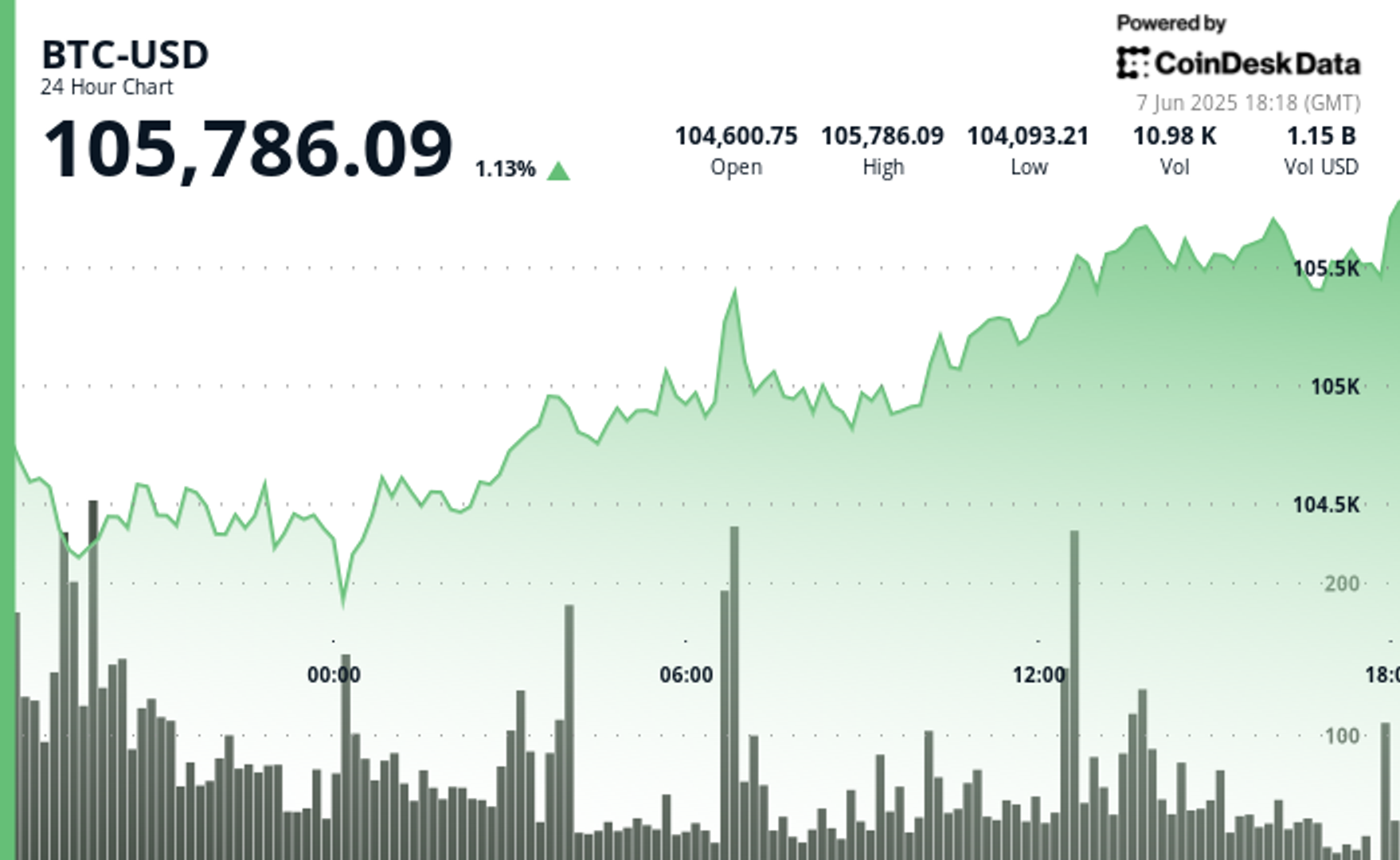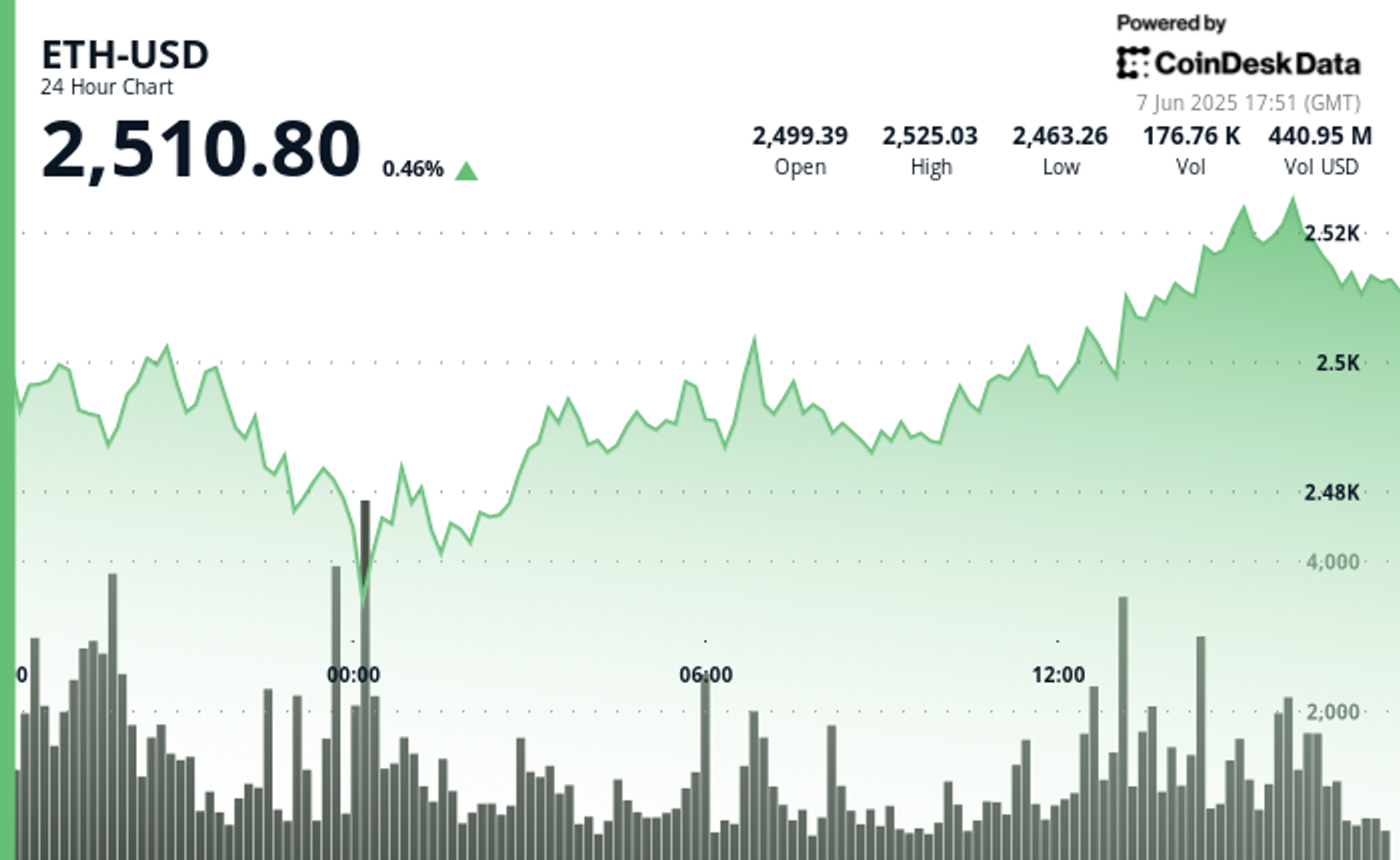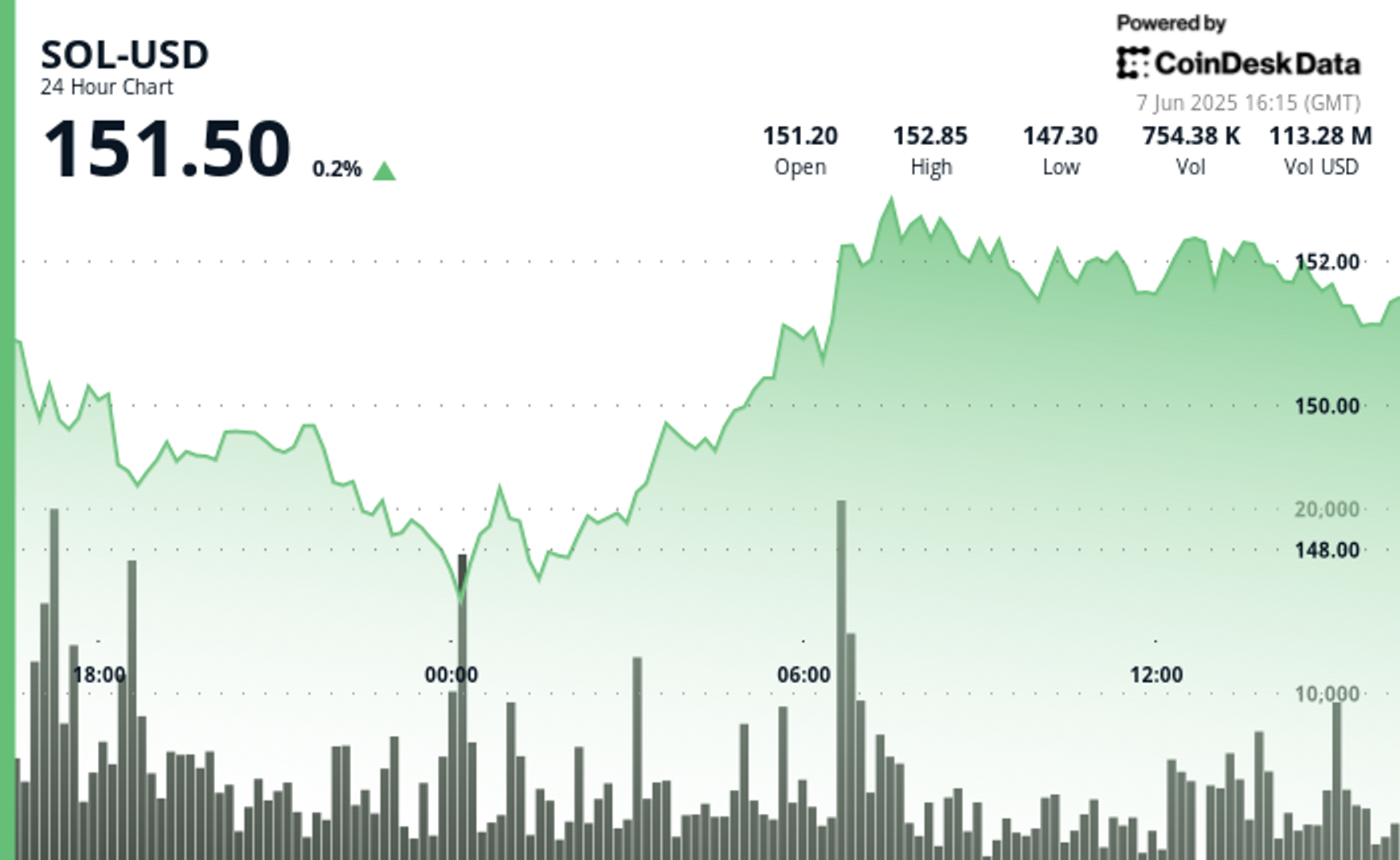
For decades, the phrase “Sell in May and go away” has echoed through Wall Street and trading floors. It suggests a seasonal investment pattern where stock performance weakens from May through October and strengthens from November through April. But is this just folklore—or is there data to back it up?
🗓️ Where Did This Phrase Come From?
The saying is believed to have originated in old British market traditions:
“Sell in May and go away, come back on St. Leger’s Day.”
This referred to London’s financial elite stepping away from the markets during summer and returning mid-September. Interestingly, the U.S. stock market shows a similar seasonal trend. Analysts have noted consistent underperformance in the “summer months” compared to the November–April window.
⚠️ Disclaimer: Past performance is not indicative of future results. Historical trends do not guarantee similar future outcomes.
📈 Does the Data Support It?
From 1950 to 2023, the S&P 500 has averaged around 7% returns from November to April, compared to just 2% from May to October. That’s a notable difference that has led some hedge funds and short-term traders to embrace seasonal strategies.
⚠️ Important: This doesn’t mean markets drop in the summer—it simply means returns tend to be lower or more volatile.
❓ Should You “Sell in May”?
For everyday investors, blindly following this strategy can be risky. Timing the market is extremely difficult. In fact, some of the strongest single-day gains have occurred during the summer months.
Instead of selling entirely, investors might consider:
- Rebalancing their portfolios
- Rotating into defensive sectors (like utilities or consumer staples)
- Managing risk with stop-loss strategies
⚠️ Disclaimer: This article is for informational purposes only and should not be considered investment advice. Consult a licensed financial professional before making any investment decisions.
📊

Caption:
This chart illustrates the historical average returns of the S&P 500 from 1950 to 2023, showing stronger performance during the November–April period (7%) compared to the May–October period (2%). Despite seasonal trends, many May–October periods still see positive returns.
🌸 Is April the New May?
In recent years, some analysts have asked: “Is April the new May?” The idea stems from observations that market slowdowns may be creeping earlier into the calendar year. This shift could be influenced by factors like earlier spring breaks, changes in corporate earnings cycles, and increased pre-summer repositioning by institutional investors.
🏖️ Spring Break and Summer Vacations: Impact on Volume
Historically, lower trading volumes during the summer months—particularly June through August—can lead to higher volatility. Why? Many institutional investors, traders, and analysts take time off, leading to a thinner market where smaller trades can have outsized impacts on prices.
Add in spring break vacations in March and April, and you often see volume start declining earlier than in decades past. While retail activity has grown, especially post-2020, institutional volume still drives market momentum. This seasonal slowdown can create both risk and opportunity—especially for short-term traders watching for price swings in quieter months.
📉 Low volume doesn’t guarantee market drops, but it can increase the impact of news events or economic reports, making markets more sensitive.
🧠 Long-Term Thinking Wins
While seasonal patterns are interesting, they shouldn’t replace a sound investment plan. The best-performing investors often:
- Stay invested through market cycles
- Focus on diversification
- Align portfolios with long-term goals and risk tolerance
Trying to time the market—seasonally or otherwise—can lead to missing out on key growth periods.
🧩 [Diversified Asset Allocation Example]

Caption: A diversified portfolio helps smooth out seasonal volatility.
✅ The Takeaway
“Sell in May and go away” is grounded in historical data, but it’s far from a foolproof investment strategy. For most investors, consistency, discipline, and diversification matter more than seasonal timing. While it’s a fun adage, your investment decisions should reflect your personal financial goals—not the calendar.
⚖️ Disclosures & Disclaimers
- This content is for educational and informational purposes only and does not constitute financial, legal, or tax advice.
- All investing involves risk, including the possible loss of principal.
- The views expressed here are not necessarily those of Factsheets.com or its affiliates.
- Market data and historical references are from publicly available sources believed to be reliable but have not been independently verified.






